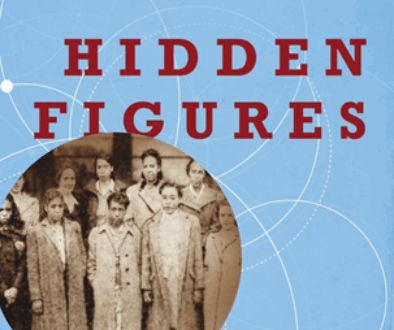Webb Takes a Fresh Look at a Classic Deep Field
An area of deep space with thousands of galaxies in various shapes and sizes. Most are circles or ovals, with a few spirals. More distant galaxies are smaller, down to being mere dots, while closer galaxies are larger and some appear to be glowing. Red and orange galaxies contain more dust or more stellar activity. Credit: ESA/Webb, NASA & CSA, G. Östlin, P. G. Perez-Gonzalez, J. Melinder, the JADES Collaboration, M. Zamani (ESA/Webb)
This image from the NASA/ESA/CSA James Webb Space Telescope revisits one of the most iconic regions of the sky, the Hubble Ultra Deep Field, through the eyes of two of Webb’s instruments. The result is a detailed view that reveals thousands of distant galaxies, some dating back to the earliest periods of cosmic history.
The field shown here, known as the MIRI Deep Imaging Survey (MIDIS) region, was observed with the shortest-wavelength filter of Webb’s Mid-Infrared Instrument (MIRI) for nearly 100 hours. This is Webb’s longest observation of an extragalactic field in one filter so far, producing one of the deepest views ever obtained of the universe. Combined with data from Webb’s Near-Infrared Camera (NIRCam), this image allows astronomers to explore how galaxies formed and evolved over billions of years.
These deep observations have revealed more than 2,500 sources in this tiny patch of sky. Among them are hundreds of extremely red galaxies—some of which are likely massive, dust-obscured systems or evolved galaxies with mature stars that formed early in the universe’s history. Thanks to Webb’s sharp resolution, even at mid-infrared wavelengths, researchers can resolve the structures of many of these galaxies and study how their light is distributed, shedding light on their growth and evolution.
(Source: phys.org)




